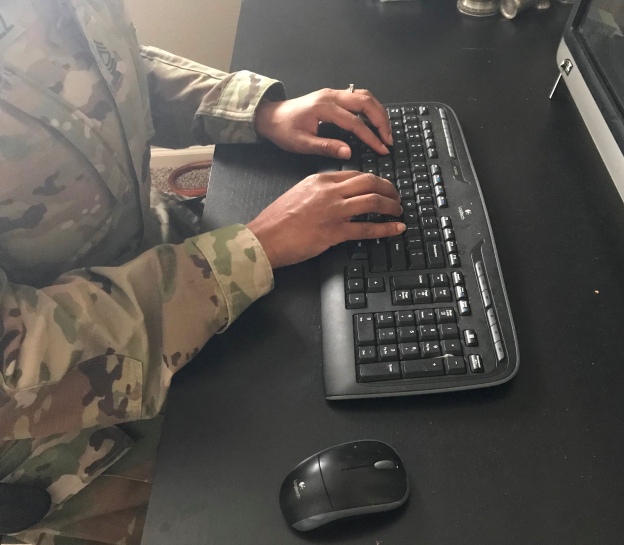
Reflecting on the material the last two weeks I have learned about several concepts that will enable me to create my own engaging online activities. I also learned about the four different types of interactivity that should be a part of all online courses. few concepts that stood out the most to me include Personal learning goals and collaborative learning.
Personal learning goals stood out to me because I believe it’s important to establish goals to help the learner connect with the course early on (Synder, 2014). Ensuring the students understand the goals should be specific, measurable, and attainable to successfully assist with achieving the course objectives. These goals are also a way to motivate the students to improve their academic performance whether it is their grades and/or the knowledge they acquire. This will also assist instructors to individualize learning within the on line environment. Collaborative learning stood out because it requires all members to actively participate. Everyone is responsible for their individual learning as well as learning from others (Vai, & Sosulski, 2016). This encourages the sharing of information and exploring different perspectives. Discussion boards and blog sites are examples that I would use for class participation activities to enhance engaged learning as students work together to complete a task, solve problems and/or projects.
Both of these concepts I currently use in my work environment as I find ways to engage the Soldiers to not just show up to past time but actually get a little enthusiastic with their contribution to the overall mission. This is a constant challenge as I am sure it will be in teaching online but as educators it just give us an opportunity to come up with innovative ways to continue engaging the learners with the material.
There are four different types of interactivity, all display key points with how the learner interacts with an online course. They are the learner-instructor, the learner-learner, the learner-content, and the learner-interface.
The learner-instructor interaction is between the students and faculty to help reinforce the students understanding of the material. This form helps the students clarify unclear points and reinforce correct interpretation of course information. Timely feedback, course performance and presence are all benefits achieved from this form. The learner-learner interaction can be between one student and another or between several students. For effective learning to occur four types of peer behavior, participation, response, provision of affective feedback and short, focused messaging are necessary in a computer mediated environment. This form is intended to encourage understanding of the course content and stimulate critical thinking as well as reduce feelings of isolation. The learner-content interaction is students examining and/or studying the course content and participating in class activities. How the students interact with the content presented in the online course is part of the learning process. Students may have more continuous interaction with the content in a web-based course which contributes to more learning and overall greater satisfaction with the course. The learner-interface is the manner in which students interact with technology this impact on their learning. The students learn the content and the computer use promotes their willingness to continue the online course. The major variables to this form include computer experience, student’s perceptions regarding technology and access to technology (Trumond & Wambach, 2004).
Interactivity has proven to have a major impact on the effectiveness of online learning.
Snyder, M. (2014, Dec 5). Five Ideas to Engage Online Learners [Video File]. Retrieved from http://www.youtube.com/watch?v=Je4s484Zhbe
Trumond, V. & Wambach, K. (2004).Understanding Interactions in Distance Education: A Review of the Literature. Retrieved from http://www.itdl.org/journal/jan_04/article02.ht
Unknown. (n.d). Tips to Engage and Inspire Adult Learners [Photograph]. Retrieved from https://elearningindustry.com/wp-content/uploads/2014/10/11-Tips-to-Engage-and-Inspire-Adult-Learners-1-e1457432361165.jpg
Vai, M. & Sosulski, K. (2016). Essentials of Online Course Design: A Standards-Based Approach (2nd ed). New York, NY: Taylor & Francis.
